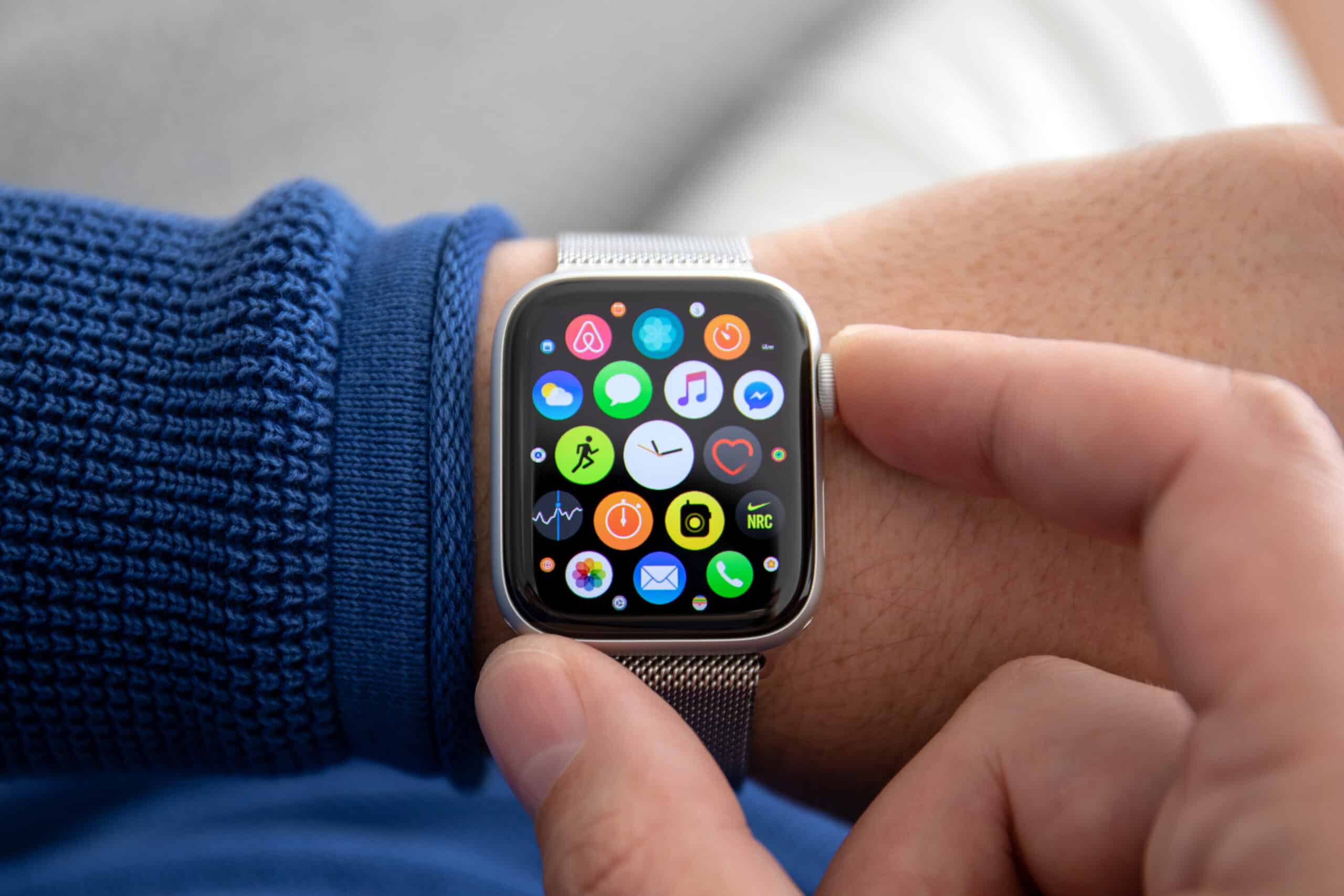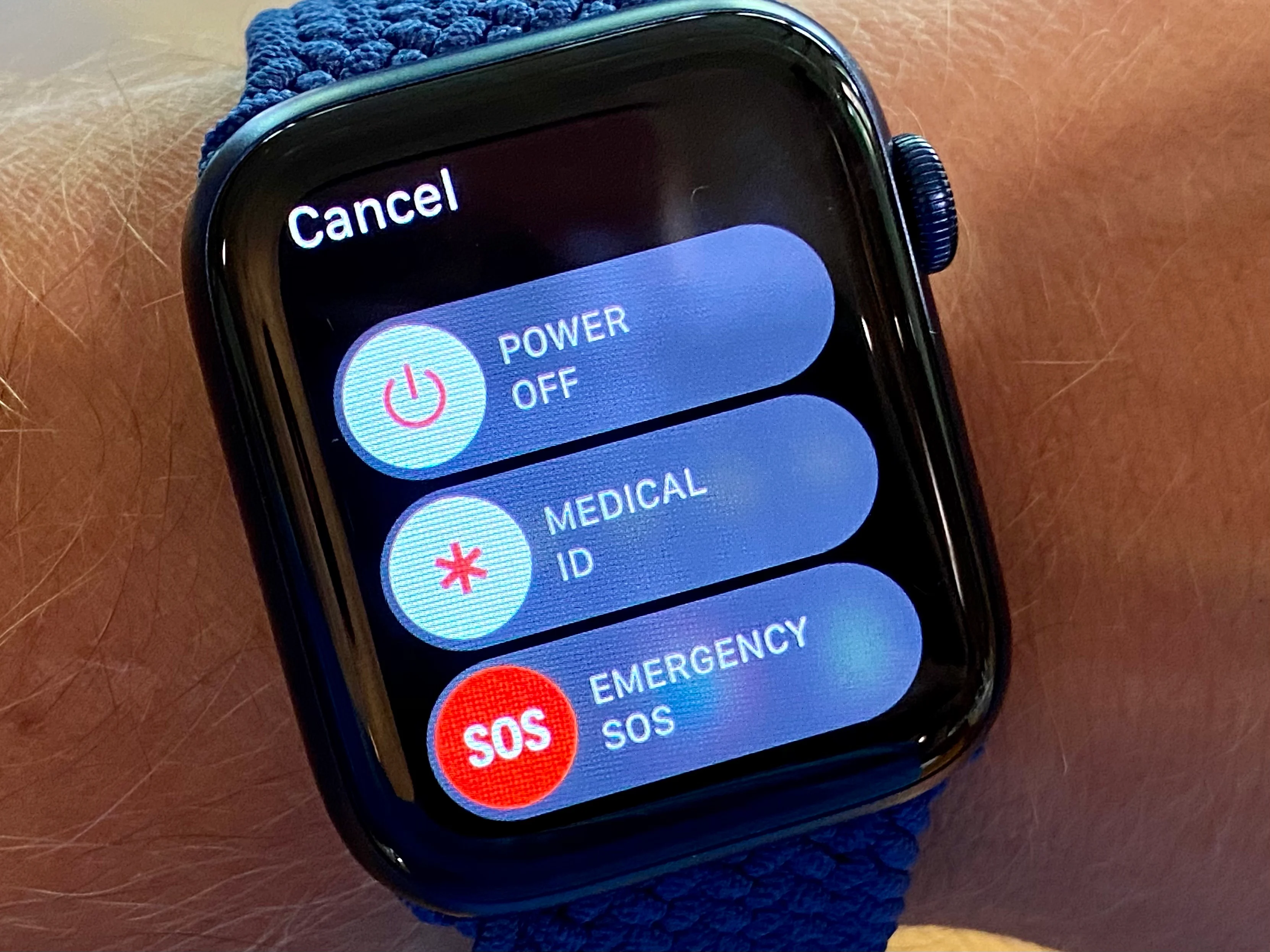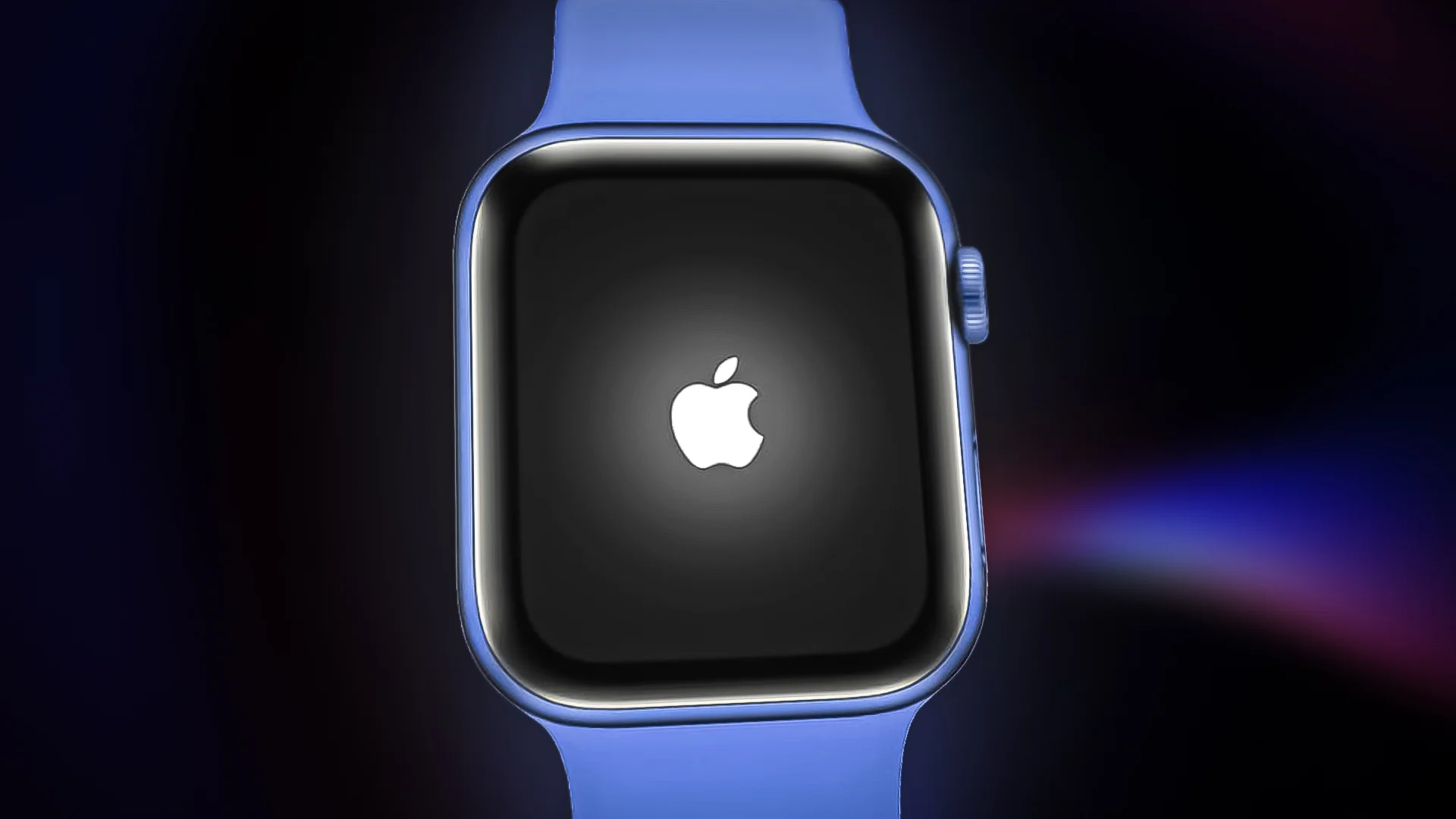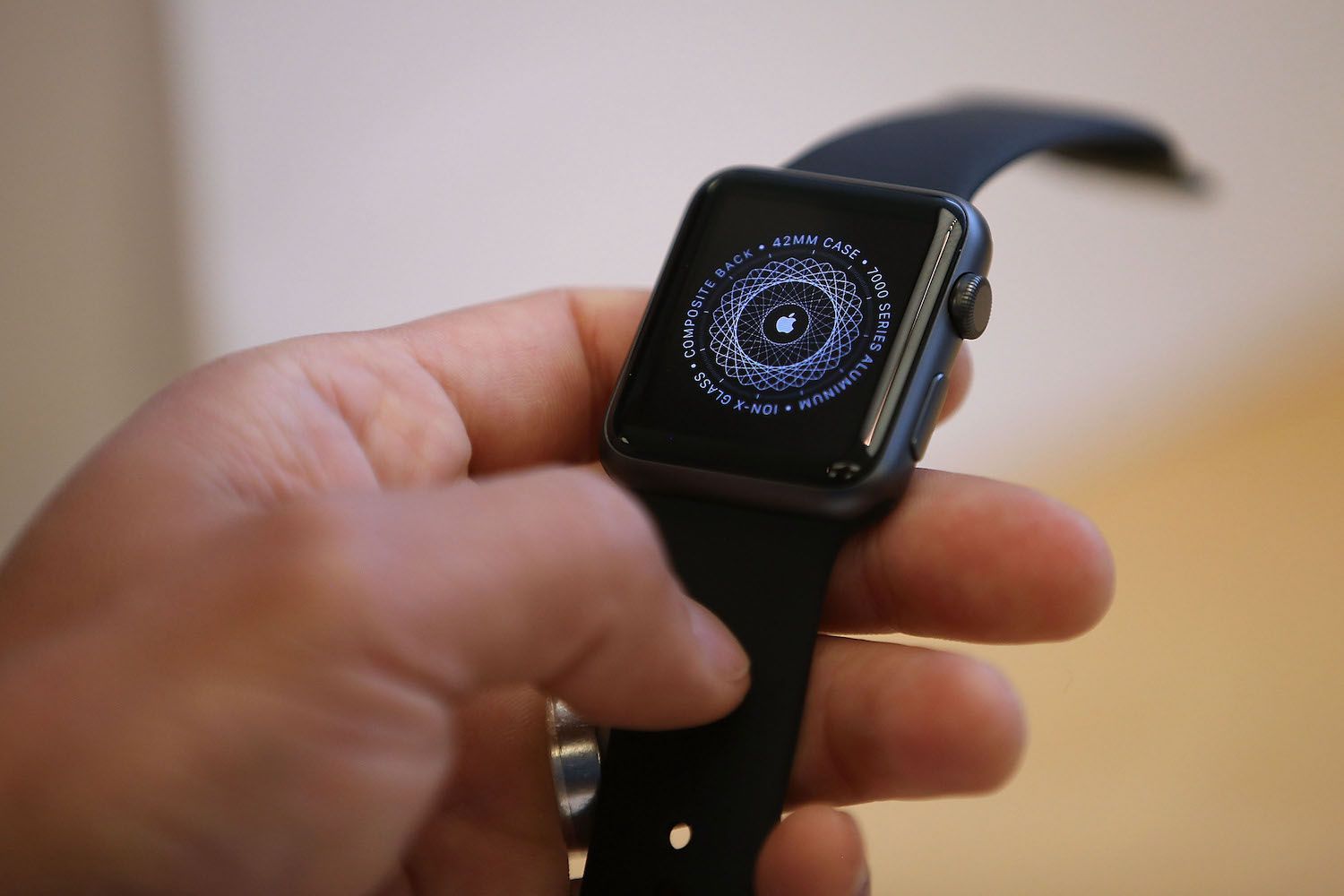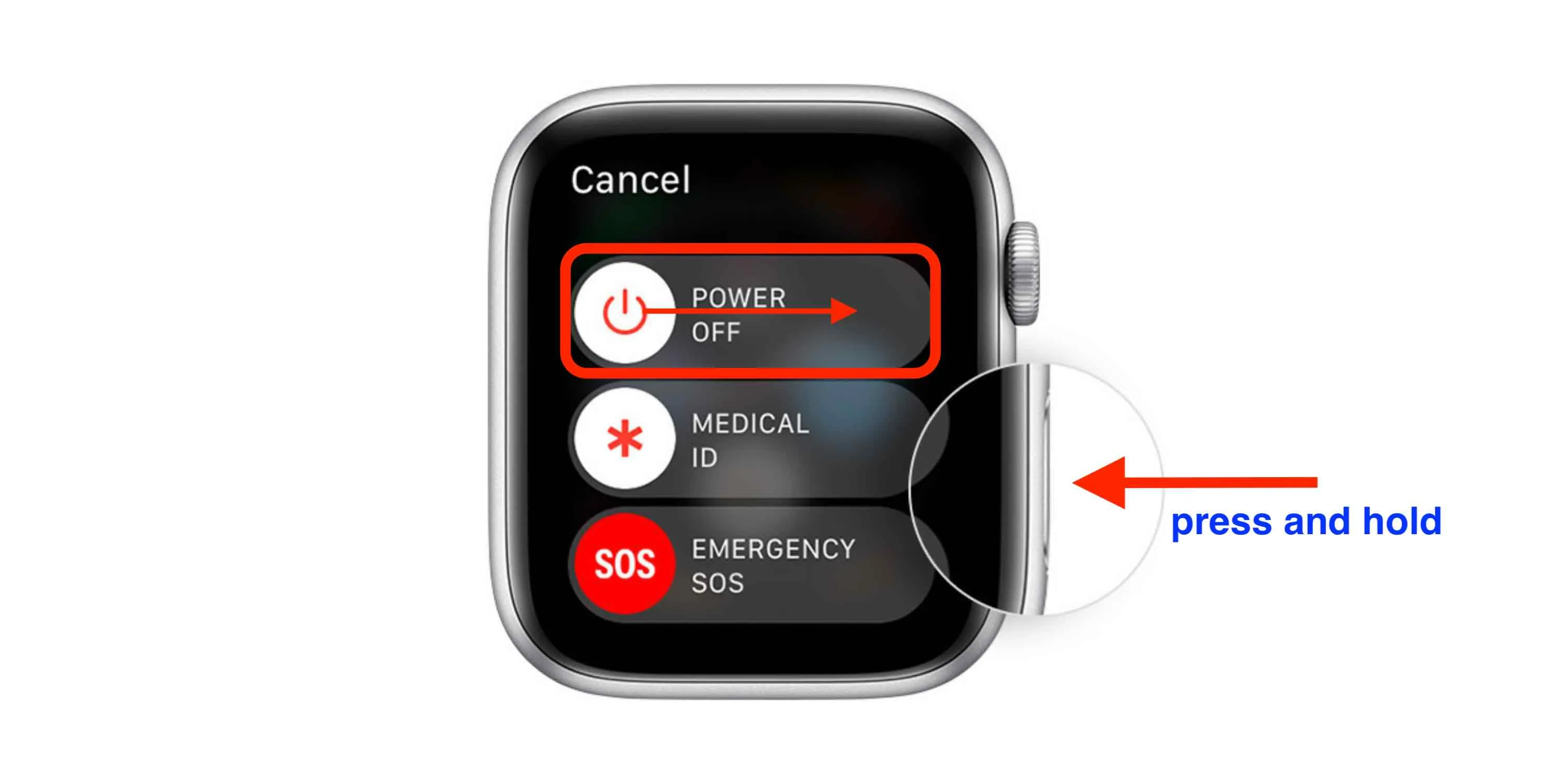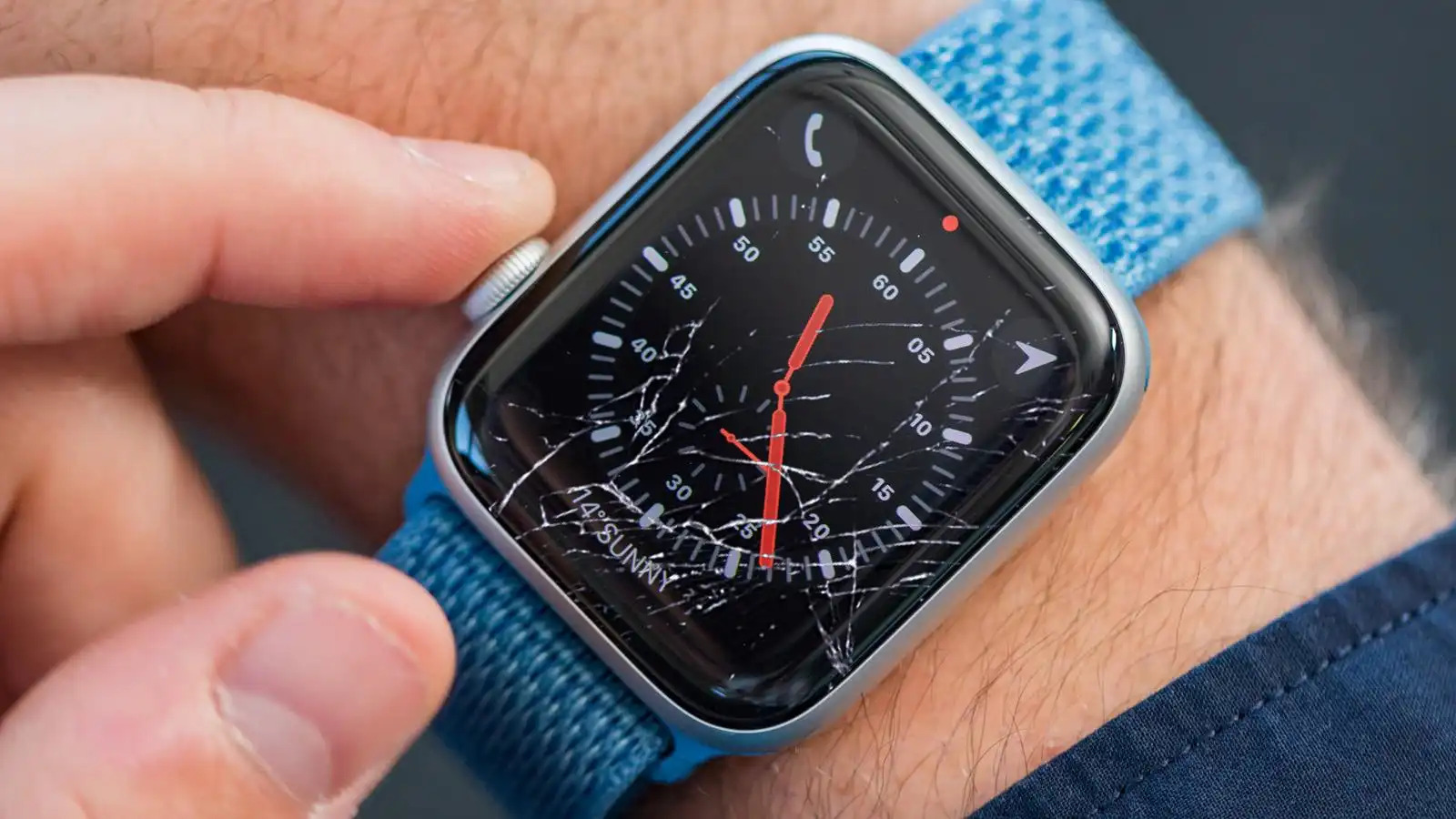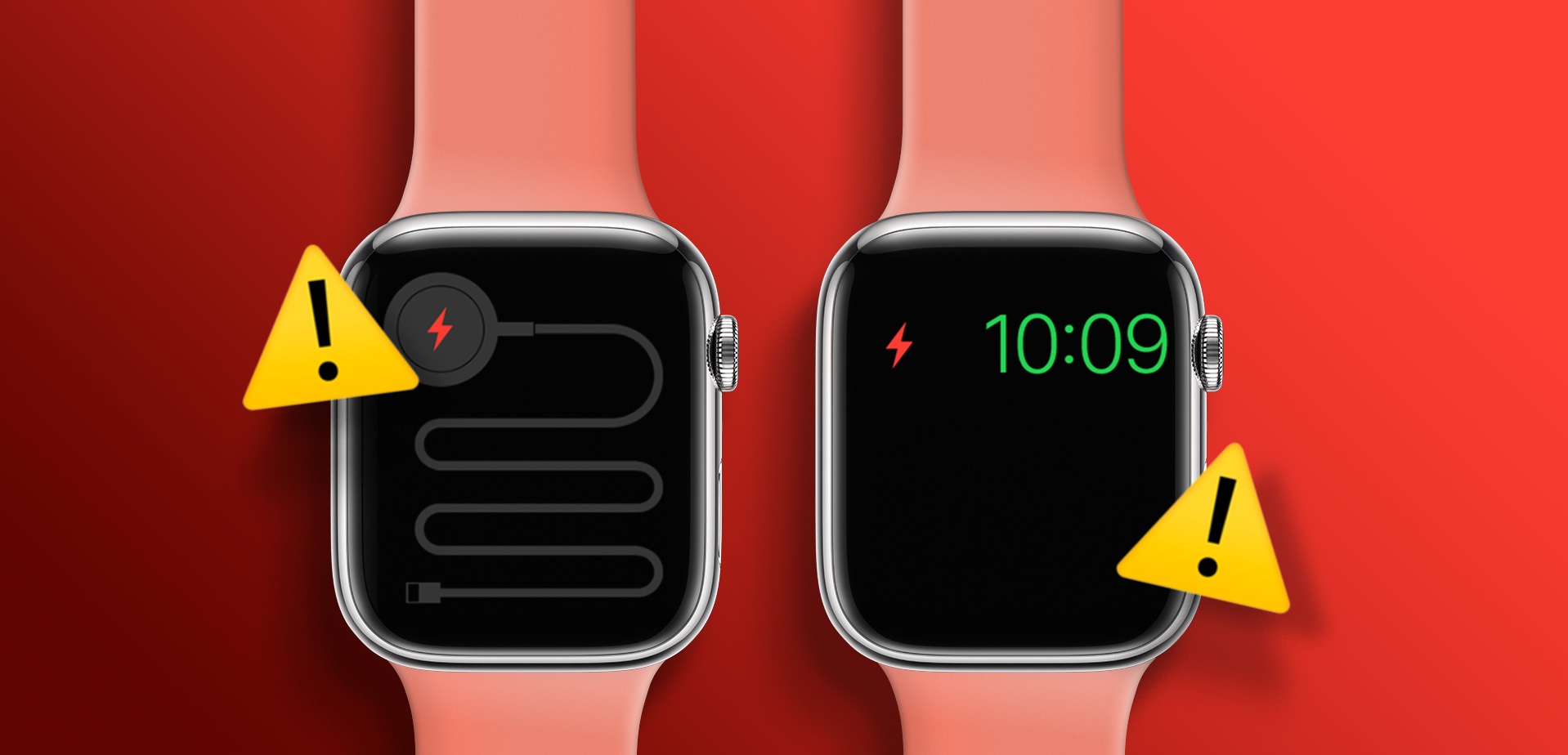Introduction
Welcome to our comprehensive guide on how to restart your Apple Watch. Whether you’re encountering technical issues, experiencing sluggish performance, or simply want to refresh your device, restarting your Apple Watch can often be an effective solution. In this article, we will walk you through the step-by-step process of restarting your Apple Watch, along with different restart options for various situations.
The Apple Watch is a remarkable device that seamlessly integrates with your iPhone and offers a plethora of features to enhance your daily life. However, like any electronic device, it may encounter occasional glitches or slowdowns. Restarting your Apple Watch is a simple yet powerful way to troubleshoot many of these issues and restore your device to its optimal performance.
Restarting your Apple Watch can also be beneficial when you want to clear temporary files and memory cache, which can accumulate over time and impact the overall performance. Additionally, restarting your device can help resolve connectivity problems, software conflicts, and other minor glitches that may arise as you use your Apple Watch.
In this guide, we will provide you with step-by-step instructions on how to soft restart, hard restart, and force restart your Apple Watch, along with troubleshooting tips for common issues you may encounter during the process. By the end of this guide, you will be equipped with the knowledge to perform a restart on your Apple Watch with confidence and ease.
Why Restarting Your Apple Watch is Important
Restarting your Apple Watch can address a variety of common issues and improve its overall performance and functionality. Here are a few reasons why restarting your Apple Watch is important:
- Resolve Performance Issues: Just like any other electronic device, your Apple Watch may encounter performance issues over time. Restarting your watch can help resolve sluggishness, freezes, and other performance-related issues. By clearing temporary files and refreshing the system, a restart can significantly improve the responsiveness and speed of your device.
- Clear Memory Cache: Restarting your Apple Watch can clear the memory cache, which stores temporary data from recently used apps. This can free up valuable memory space and prevent your watch from becoming overloaded with unnecessary data. In turn, this can lead to smoother operation and reduce the risk of crashes or slowdowns.
- Resolve Connectivity Problems: If you’re experiencing connectivity issues between your Apple Watch and iPhone or other Bluetooth devices, a simple restart can help re-establish the connection. This is particularly helpful when you’re encountering difficulties with features like receiving notifications, syncing data, or connecting to wireless headphones.
- Fix App Glitches: If you notice that a specific app on your Apple Watch is not functioning properly or freezing frequently, restarting your device can resolve the issue. This is because a restart can close all running apps and clear any temporary app data that may be causing conflicts or glitches.
- Improve Battery Life: Restarting your Apple Watch can also have a positive impact on its battery life. By shutting down and restarting the device, you can ensure the efficient utilization of battery resources. This can help optimize battery performance, ensuring that your Apple Watch lasts longer between charges.
By regularly restarting your Apple Watch, you can maintain its optimal performance and enhance your overall user experience. It’s a simple yet effective way to troubleshoot common issues, improve performance, and ensure that your Apple Watch stays running smoothly.
Step-by-Step Guide: How to Restart Your Apple Watch
Restarting your Apple Watch is a straightforward process that can be done using different methods depending on your specific needs. Here, we will walk you through three different restart options: soft restart, hard restart, and forced restart. Follow the step-by-step instructions below to restart your Apple Watch:
- Soft Restart:
- Press and hold the side button (located below the Digital Crown) until the Power Off slider appears.
- Swipe right on the Power Off slider to turn off your Apple Watch.
- After your watch screen turns black, press and hold the side button again until the Apple logo appears, indicating that your Apple Watch is restarting.
- Wait for the device to boot up, and you’re done! Your Apple Watch should now be restarted and ready to use.
- Hard Restart:
- Simultaneously press and hold the side button and the Digital Crown until the screen goes black and the Apple logo appears.
- Release both buttons and wait for your Apple Watch to restart.
- Your device will go through the typical boot-up process, and once it’s ready, you can start using your Apple Watch again.
- Forced Restart:
- For more severe issues, a forced restart may be required to fully restart your Apple Watch.
- Press and hold both the side button and the Digital Crown for at least 10 seconds.
- Keep holding the buttons even when the Apple logo appears on the screen. Release them only when the screen turns black and the Apple logo reappears.
- Your Apple Watch will go through the restart process and should be back to normal once it finishes booting up.
Remember to exercise caution while performing a forced restart, as it is a more drastic measure and should only be used when necessary. It is always recommended to try a soft restart or hard restart first before resorting to a forced restart.
Following these simple steps will ensure that your Apple Watch restarts properly, resolving most common issues and optimizing its performance.
Option 1: Soft Restart
A soft restart is the most common and gentle way to restart your Apple Watch. It is recommended to start with this method before trying more drastic options. Here’s how you can perform a soft restart on your Apple Watch:
- Press and hold the side button (located below the Digital Crown) until the Power Off slider appears on the screen.
- Swipe right on the Power Off slider to turn off your Apple Watch.
- Wait for the watch screen to turn black and then release the side button.
- Press and hold the side button again until the Apple logo appears, indicating that your Apple Watch is restarting.
- Allow your Apple Watch to complete the restart process. This may take a few moments.
- Once your Apple Watch has finished restarting, it will display the time and you can start using it again.
A soft restart is often sufficient to resolve minor issues or temporary glitches on your Apple Watch. It is a quick and straightforward process that can help improve the device’s performance and resolve any unresponsive behavior.
If you’re still experiencing problems after a soft restart, you can try other restart options like a hard restart or forced restart, which we will discuss in the following sections. These methods are more effective for addressing stubborn issues or situations where a soft restart doesn’t resolve the problem.
Option 2: Hard Restart
If a soft restart doesn’t resolve the issues you’re experiencing with your Apple Watch, you can try a hard restart. This method is slightly more forceful but can often be effective in resolving stubborn problems. Follow these steps to perform a hard restart on your Apple Watch:
- Press and hold both the side button (located below the Digital Crown) and the Digital Crown simultaneously.
- Continue holding both buttons even when the screen goes black or the Apple logo appears.
- Release the buttons when the Apple logo reappears on the screen.
- Wait for your Apple Watch to complete the restart process.
- Once your watch has finished restarting, it will display the time and you can start using it again.
A hard restart can effectively address more persistent issues, such as unresponsive apps or system freezes. By forcefully rebooting your device, you give it a fresh start and clear any temporary data that may be causing the problem.
Keep in mind that performing a hard restart does not affect your personal data or settings on the Apple Watch. It simply stops all running processes and starts the device from scratch. You should not worry about losing any data during this process.
If a hard restart doesn’t resolve your issue, you may need to consider a forced restart as a more drastic measure. Please proceed to the next section for instructions on performing a forced restart on your Apple Watch.
Option 3: Forced Restart
If you’re experiencing severe issues with your Apple Watch, such as a frozen screen or unresponsive controls, a forced restart may be necessary. This method should only be used as a last resort, as it is a more aggressive restart option. Here’s how you can perform a forced restart on your Apple Watch:
- Press and hold both the side button (located below the Digital Crown) and the Digital Crown simultaneously.
- Continue holding both buttons even when the screen goes black, and ignore the Apple logo that might appear.
- Keep holding the buttons until the screen turns back on and displays the Apple logo again.
- Release the buttons and wait for your Apple Watch to complete the restart process.
- Once your Apple Watch finishes restarting, it will display the time and you can start using it again.
Performing a forced restart can help resolve issues that are more serious and not responding to a soft or hard restart. This method forcefully shuts down and restarts your Apple Watch, giving it a fresh start and potentially resolving any software-related problems.
Keep in mind that a forced restart should only be used when necessary, as it may disrupt any ongoing tasks or processes on your Apple Watch. It is always recommended to try a soft restart or hard restart first before resorting to a forced restart.
If the issues persist even after a forced restart, it may be time to contact Apple Support or visit an Apple Store for further assistance and troubleshooting.
Common Issues and Troubleshooting
While restarting your Apple Watch can often resolve many common problems, there may be instances where a restart alone may not be enough. Here are some common issues you may encounter and potential troubleshooting steps to try:
- Apple Watch won’t turn on: If your Apple Watch fails to turn on or respond, ensure that it is charged. Connect your watch to a power source using the included magnetic charger and wait for a few minutes. If the battery is completely drained, it may take some time to display an Apple logo indicating it’s charging. If the issue persists, consider performing a forced restart as mentioned earlier.
- Unresponsive touch screen: If the touch screen on your Apple Watch is not responding, try cleaning the screen with a soft, lint-free cloth. If that doesn’t work, perform a soft restart or a hard restart to reset the device and resolve any temporary software glitches.
- Apps freezing or crashing: If you’re experiencing issues with apps freezing, crashing, or not working as expected, try force-quitting the problematic app. Press the side button once and swipe left or right to locate the troublesome app. Swipe up on the app to close it. If the issue persists, consider restarting your Apple Watch.
- Bluetooth connectivity problems: If your Apple Watch is having trouble connecting to your iPhone or other Bluetooth devices, ensure that both devices are within a reasonable range and have Bluetooth enabled. If the issue persists, try restarting both your Apple Watch and iPhone to refresh the connection.
- Performance slowdowns: If your Apple Watch is running slowly or experiencing performance issues, ensure that you have updated your watch to the latest version of watchOS. You can check for updates in the Apple Watch app on your iPhone. Additionally, consider removing unnecessary apps or disabling features like background app refresh to optimize performance.
If you encounter any other persistent issues or problems that cannot be resolved through troubleshooting, it’s advisable to reach out to Apple Support for further assistance. They have the expertise to provide more specific guidance based on your device model and the nature of the issue you’re facing.
Remember, regular software updates and proper maintenance can help prevent many of these common issues. Ensure that both your Apple Watch and the connected iPhone are always up to date with the latest software versions to enjoy the best possible performance and functionality.
Conclusion
Restarting your Apple Watch is a simple yet powerful troubleshooting technique that can help resolve various issues and improve its overall performance. Whether you’re encountering software glitches, unresponsive apps, or connectivity problems, a restart can often provide a quick solution.
In this comprehensive guide, we have discussed three different restart options for your Apple Watch: soft restart, hard restart, and forced restart. We have also highlighted common issues you may encounter and provided troubleshooting tips to address them.
Remember to start with a soft restart, as it is the most gentle and least disruptive option. If the issue persists, you can proceed to a hard restart, and for more severe problems, a forced restart may be necessary. However, it’s important to use a forced restart as a last resort, as it forcefully shuts down your device and should only be done when all other options have failed.
Regularly restarting your Apple Watch can help maintain its optimal performance and resolve minor glitches. Consider incorporating it into your routine as part of regular device maintenance. Additionally, keeping your Apple Watch and connected iPhone updated with the latest software versions can prevent many common issues from arising.
If you encounter persistent problems that cannot be resolved through restarts or troubleshooting, reach out to Apple Support for further assistance.
With the knowledge and guidance provided in this guide, you are now equipped to confidently restart your Apple Watch, troubleshoot common issues, and optimize its performance to enjoy a seamless user experience.







